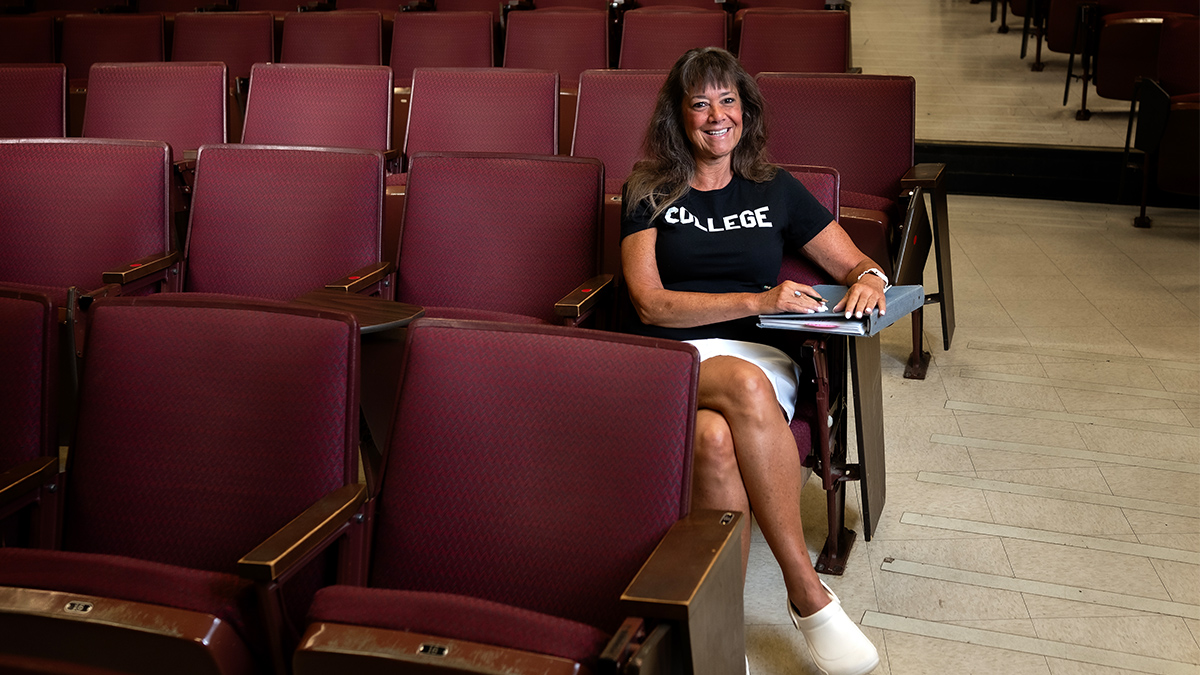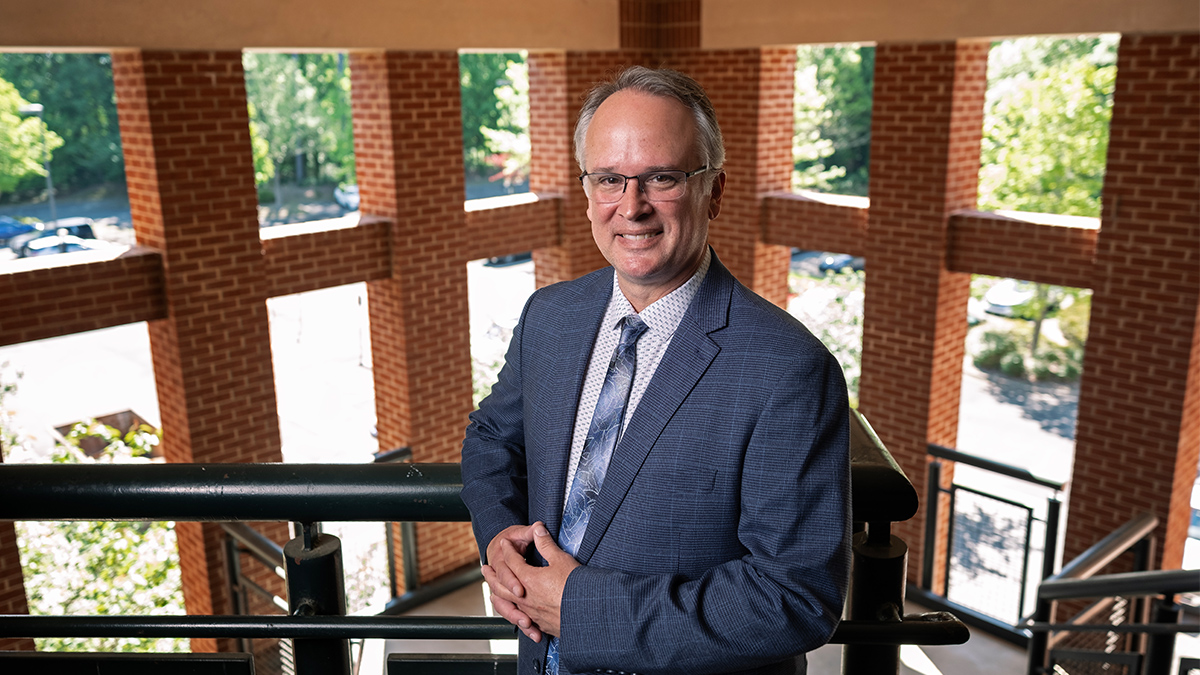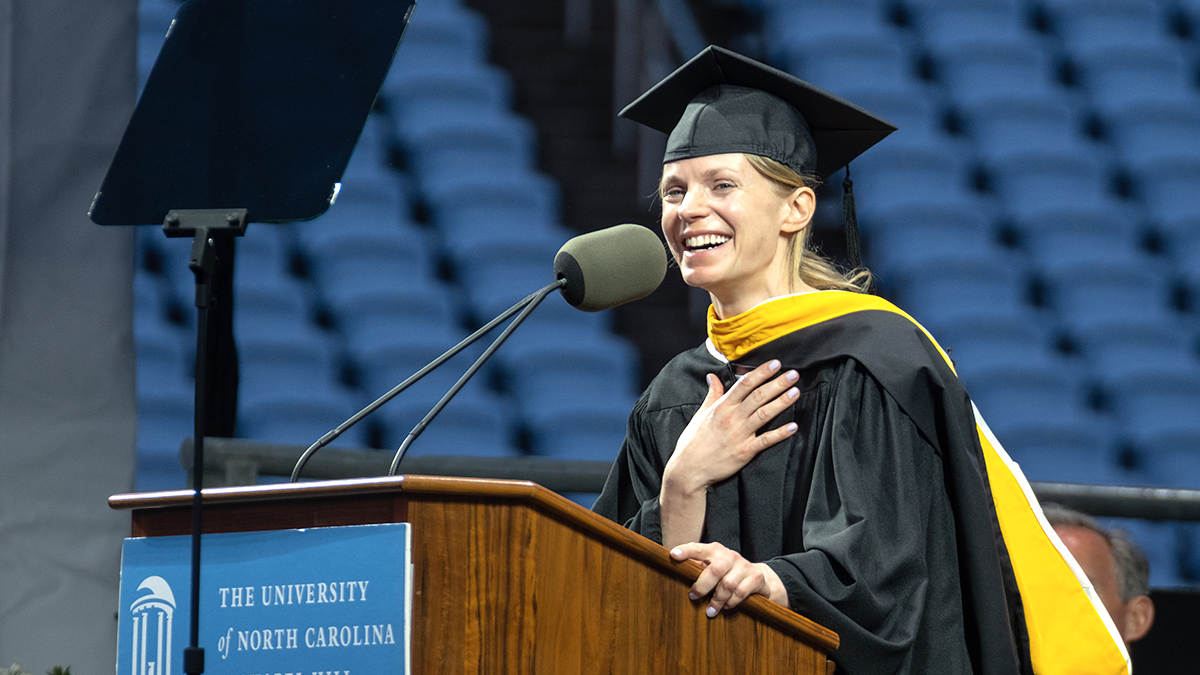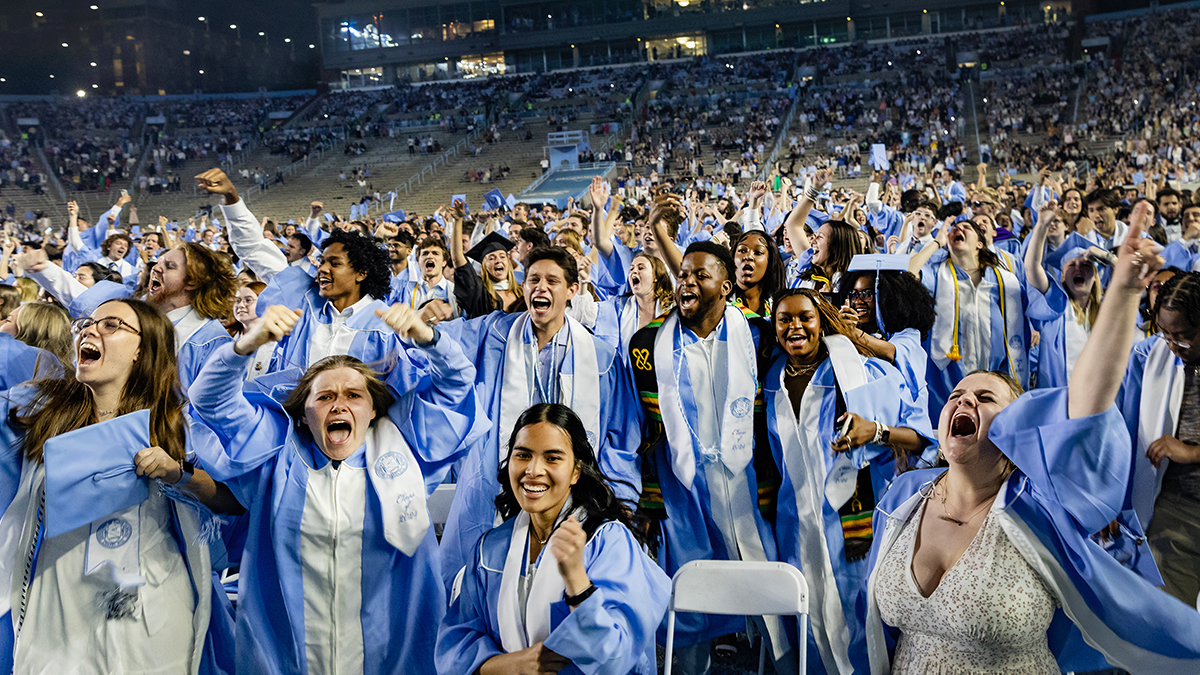2022 Distinguished Teaching Awards for Post-Baccalaureate Instruction
When it comes to teaching inspiration, recipients recall the struggle-lightbulb-struggle-lightbulb process of learning and more.
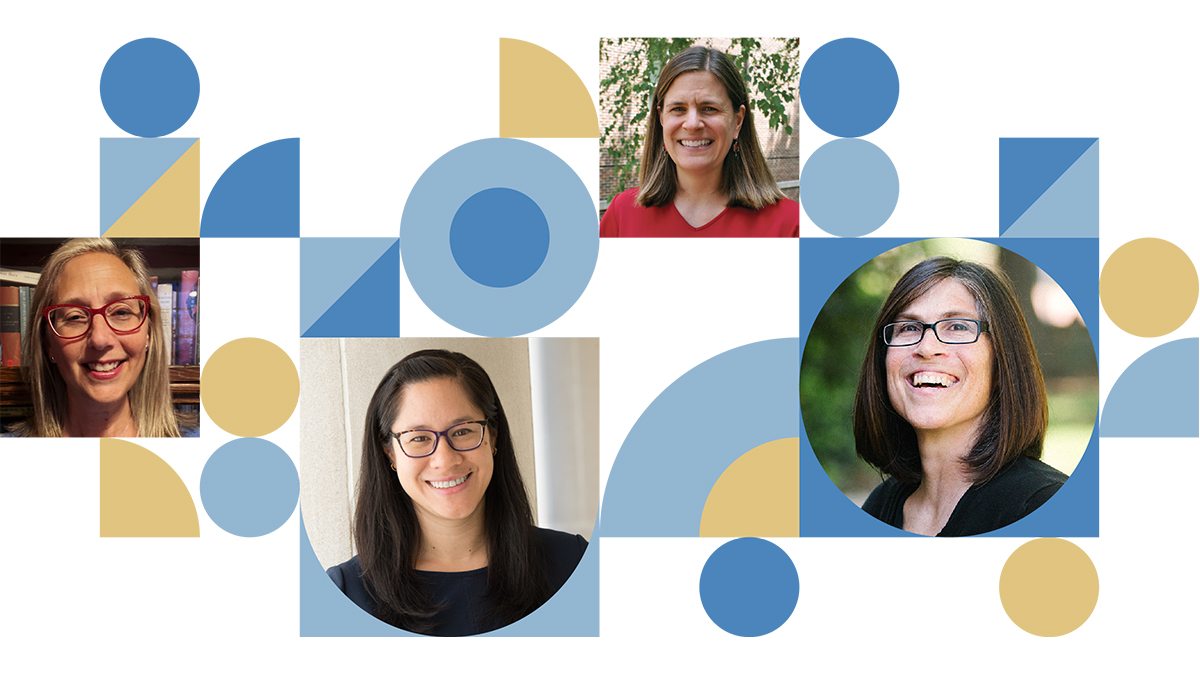
This award was first given by the University in 1995 to recognize the important role of post-baccalaureate teaching. Each of the four winners receives a one-time stipend of $5,000 and a framed citation.
Alexa Chew
Clinical professor, School of Law, faculty member since 2012
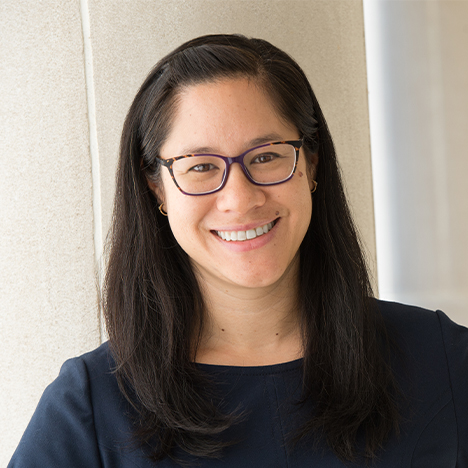
Alexa Chew
Who was the best teacher you had and why?
My eighth-grade earth science teacher, whose name I cannot remember. But I do remember the feeling of being in his class. We probably had a textbook, but class was about learning through experimentation and then explaining what we learned and how we learned it. I remember feeling myself learning — struggle, light bulb, struggle, light bulb — and also feeling proud of myself because it was difficult. The class was a lot of work on the student side and, looking back, I can see it was a lot of work on the teacher side, too. I was so into the experiments he designed and giddy when I could use that knowledge to explain land formations I encountered out and about in the world. Also, there were some excellent field trips and once, many years later, I won a Pictionary game by knowing what a resurgent dome was. To this day, it’s the class that I remember most vividly, even though it happened 30 years ago.
What does it take to be a good professor in 2022?
One skill that seems especially helpful in 2022 is receiving news that you were wrong about something with curiosity instead of defensiveness. That’s a skill that so many of us want our students to develop, even though sometimes it can be hard to model for them (especially when a student reveals our wrongness). That said, there are a lot of right ways to be a good professor right now, and it also depends on your circumstances. For example, I’m on a five-year contract, so I don’t have to worry about losing my job each year, which frees up my mind to try techniques that could go great or could go up in flames.
What’s something creative you’ve done to engage your students?
Last spring, I added a fourth asynchronous unit to my syllabus called How Law School Works. Law school teaches students how legal institutions work — courts, employers, businesses and so on — but not how law schools work. Law schools are also legal institutions, and arguably they incubate the inequalities that many law students want to fix with their law degrees. The unit uses podcasts to introduce students to some of what’s “behind the scenes” in many law schools. This semester, students listened to podcasts about disability accommodations in law school, barriers to getting a law license and ongoing strategies for lowering those barriers and the unequal burdens that female professors of color bear in the legal academy. Then students reflected on what they had listened to.
Jocelyn Glazier
Associate professor, School of Education, faculty member since 2006
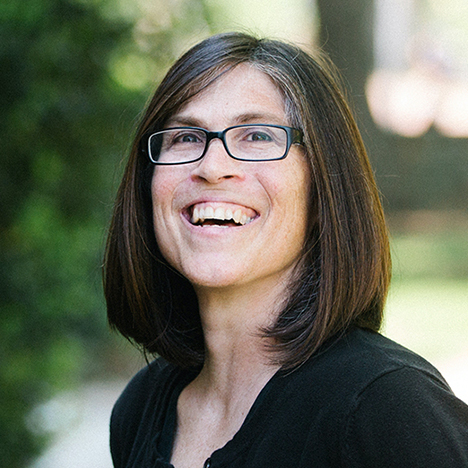
Jocelyn Glazier
Who was the best teacher you had and why?
Peter Capodilupo — “Cappy” — my freshman high school English teacher. He was a dynamic teacher — energetic and excited about English. It was clear that he wanted us to love the material as much as he did. His enthusiasm and energy were infectious. He took risks with his teaching — he varied his approach to teaching to best support his students.
What does it take to be a good professor in 2022?
A lot of flexibility, creativity, humility, curiosity and a sense of humor. I need to be willing to actively and consciously listen to my students. What do they come into my class knowing, experiencing? What are they curious about, afraid of, etc.? How can we create a safe, engaging, powerful learning community that allows students to thrive individually and collectively?
What’s something creative you’ve done to engage your students?
My teaching is experiential: My students are engaged in active learning as they consider course ideas and concepts. Early on in one course I teach — Literature in Elementary and Middle Schools — my students consider the question of access to books: Who has access (and who doesn’t)? To which sorts of books? Why? How might we expand access to diverse books and why is that important? A few years ago, my students engaged in a service-learning project as part of the class and created Little Free Libraries (LFLs) for the local communities. They had to consider location, books to include initially and what messages about literacy they wanted their LFLs to convey to the community. I am sure a few of these are still up and running in locations in Chapel Hill and Durham.
Theresa Palmer
Clinical associate professor, School of Social Work, faculty member since 2010
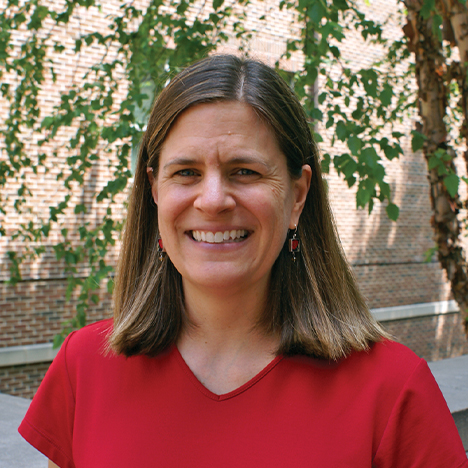
Theresa Palmer
Who was the best teacher you had and why?
Kathleen Slevin. She was my sociology professor in my first semester as an undergraduate at the College of William & Mary. She asked her students to write a few sentences about how we were adjusting as freshmen. Her willingness to ask this question provided me with an opportunity to share what a hard time I was having so far from home for the first time. Dr. Slevin’s willingness to reach out beyond just academic concerns evolved into an invaluable mentorship and then friendship that continues today.
What does it take to be a good professor in 2022?
Being engaging, compassionate, knowledgeable, flexible and adept at navigating challenging conversations as they arise in the classroom.
What’s something creative you’ve done to engage your students?
I begin my courses each semester by constructing community commitments with my students. This involves a process of co-creating our aspirations about how we want to be in relation with each other throughout the semester as we explore the often challenging issues associated with social work practice. To ground us in our community commitments in an ongoing way, they are listed on the first PowerPoint slide students see each week as class begins.
Beth Posner
Clinical associate professor, School of Law, instructor since 2003, faculty member since 2013
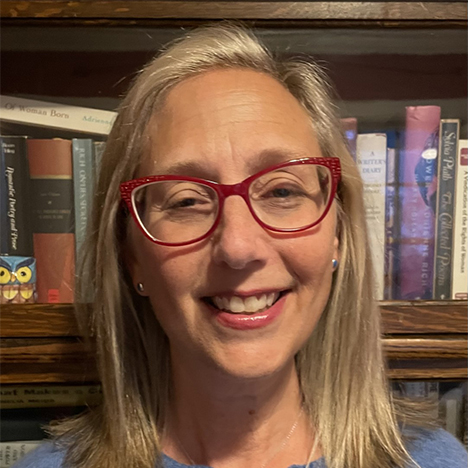
Beth Posner
Who was the best teacher you had and why?
I’ve had so many wonderful teachers. This is hard. In high school, Pat Plunkett taught me the importance of elevating women’s voices. She gave me Virginia Woolf and Alice Walker and molded the feminist ideals that I bring to my teaching. In college, Sandra Berwind was a brilliant and intimidating force in the classroom. She modeled precision, authority and devotion to her field and to teaching — through traditional and meticulous lectures on Joyce and Yeats — that I call upon often. Finally, a teacher I never had in the classroom, but someone who was the best teacher I ever knew and really taught me how to teach, my late husband, Jonathan Hess, former UNC professor of German and Jewish Studies. His passion for teaching, his love and respect for Carolina students and the value he placed on mentorship informs my daily work. We were trained together in graduate school as traditional stand-up professors, but he developed into a creative and interactive teacher before that became standard. I have his voice in my head as I draft my syllabi and plan and prepare for my classes.
What does it take to be a good professor in 2022?
Empathy.
What’s something creative you’ve done to engage your students?
To supplement my teaching in the Domestic and Sexual Violence Clinic, I created a course that does not exist in any law school curriculum in the country: Trauma-Informed Lawyering. This course addresses the many ways client trauma and mental health affect the lawyer’s work with and on behalf of clients, with a specific focus on working with survivors of sexual and domestic violence. For this class, I have created a hypothetical client, and the entire semester is a simulation in representing this client through a child custody case. Students practice counseling and litigation skills in class, sometimes serving as the lawyer and sometimes acting as the client. They hone their skills in identifying and responding to client trauma and think critically about how they want to develop their professional identity. Students respond to this class with great enthusiasm, and their in-class presentations and end-of-semester written work often show great transformations. This is a fun and really gratifying class to teach!
Look for 2022 University Teaching Awards stories every day this week.
